According to Altman, AI will require vast amounts of energy to operate, and nuclear fusion would be the best bet for its source.
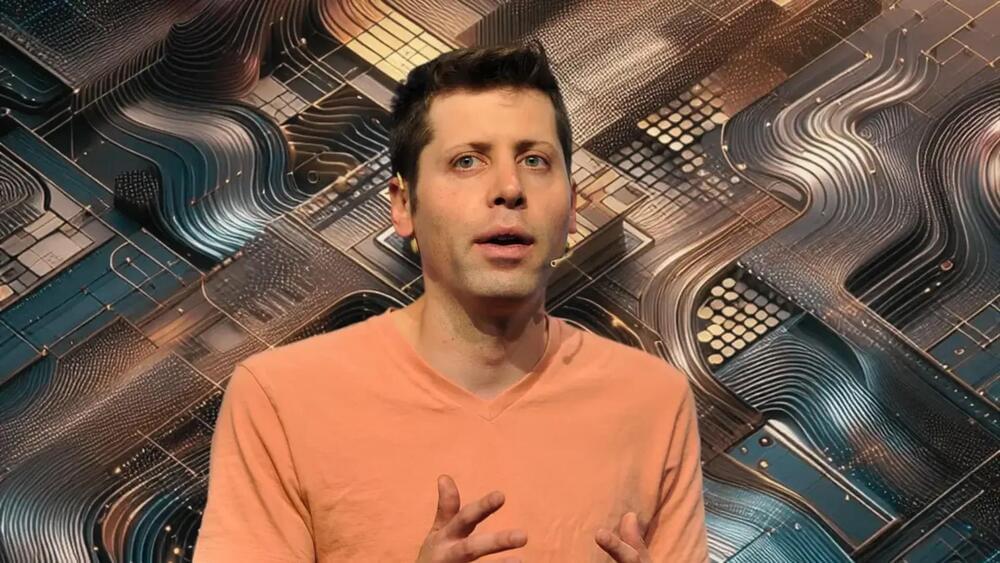

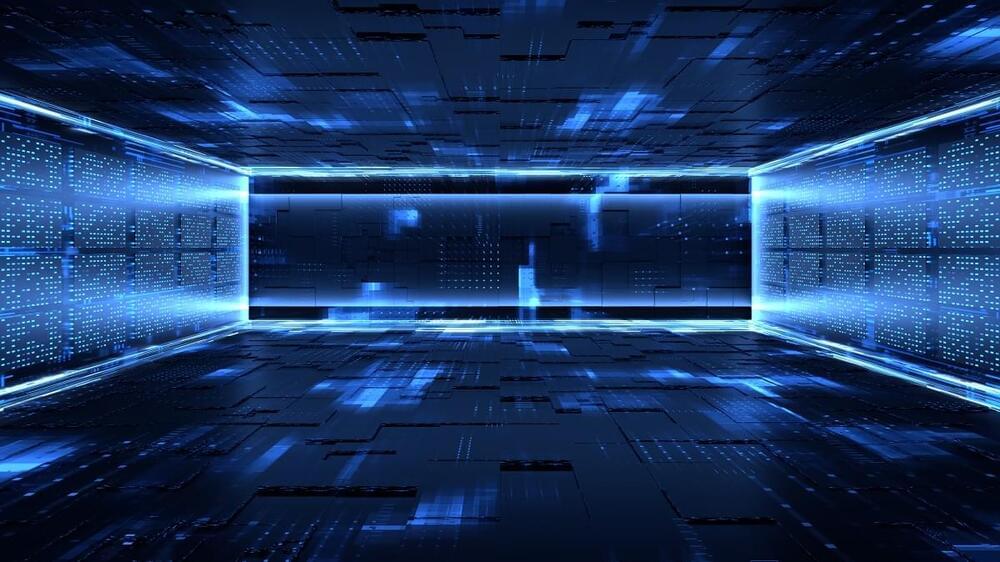
“Microsoft has demonstrated its ability to build pioneering AI infrastructure used to train and deploy the world’s leading AI models,” a Microsoft spokesperson told the site. “We are always planning for the next generation of infrastructure innovations needed to continue pushing the frontier of AI capability.”
Needless to say, that’s a mammoth investment. As such, it shines an even brighter spotlight on a looming question for the still-nascent AI industry: how’s the whole thing going to pay for itself?
So far, most companies in the space — Microsoft and OpenAI included — have offered significant AI services for free, sometimes with a more advanced upsell version like OpenAI’s ChatGPT Plus.
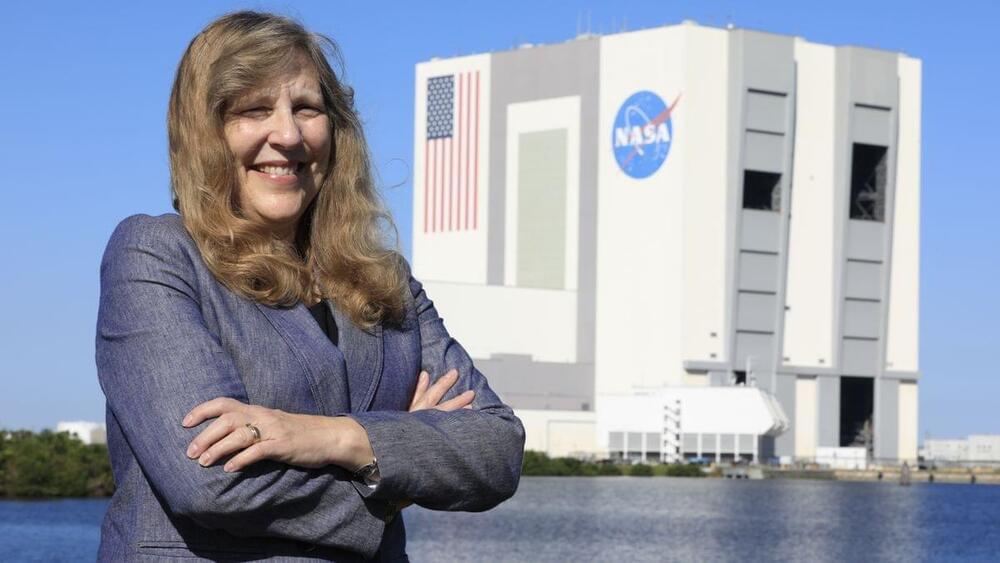
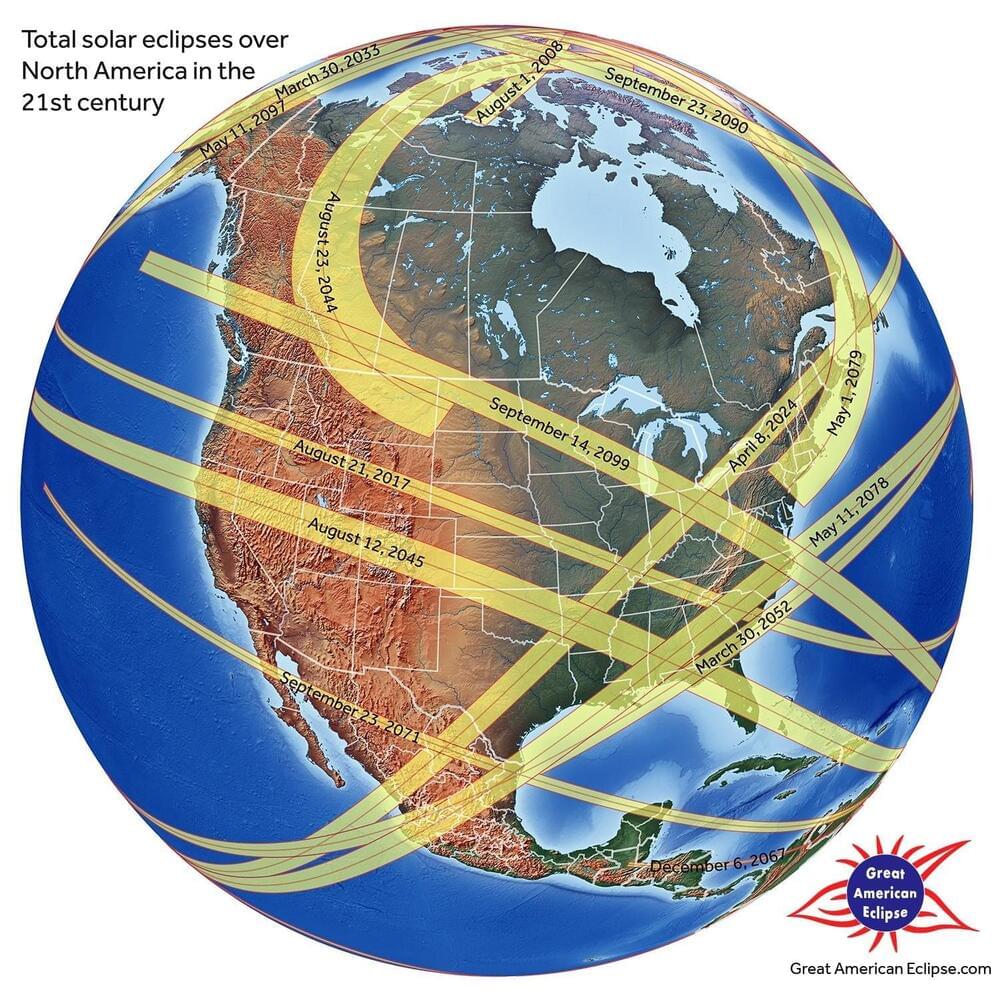
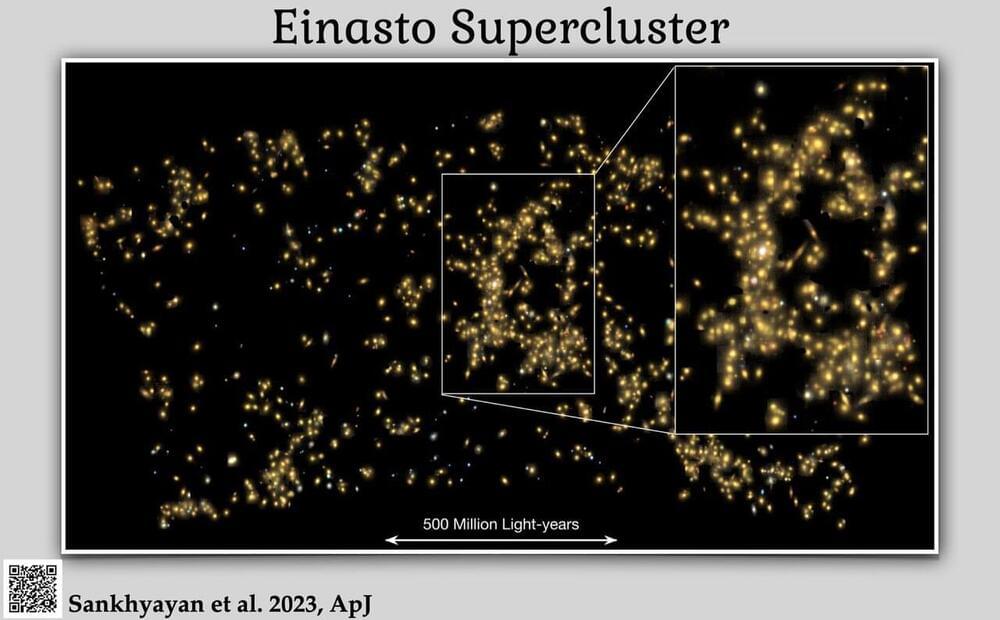
An international team of scientists led by astronomers from Tartu Observatory of the University of Tartu has discovered many superclusters in the universe, with the most prominent among them named the ‘Einasto Supercluster’ in honor of Prof. Jaan Einasto, a pioneering figure in the field, who celebrated his 95th birthday on 23 February.
Superclusters, akin to vast metropolitan cities in space, represent the largest and most massive collections and clusters of galaxies in the universe. The team’s findings not only expanded our understanding of these vast structures but also paved the path to shed light on the ongoing mystery of their formation.
In their study, the scientists determined that the typical mass of superclusters is an astonishing 6 million times billion that of the sun, with an average size of 200 million light-years. To put this into perspective, these superclusters are approximately 2,000 times larger than our own Milky Way galaxy.
One day humanity may settle countless worlds, but could any nation hope to govern multiple planets or even star systems?
Watch my exclusive video Crystal Aliens https://nebula.tv/videos/isaacarthur–… Get Nebula using my link for 40% off an annual subscription: https://go.nebula.tv/isaacarthur.
https://isdc.nss.org/volunteer-at-isdc/
Visit our Website: http://www.isaacarthur.net.
Join Nebula: https://go.nebula.tv/isaacarthur.
Support us on Patreon: / isaacarthur.
Support us on Subscribestar: https://www.subscribestar.com/isaac-a…
Facebook Group: / 1583992725237264
Reddit: / isaacarthur.
Twitter: / isaac_a_arthur on Twitter and RT our future content.
SFIA Discord Server: / discord.
Credits:
Multi-Planetary Empires.
Episode 440a; March 31, 2024
Produced, Written \& Narrated by: Isaac Arthur.
Editors:
Donagh Broderick.
Briana Brownell.
Graphics:
Fishy Tree.
Jeremy Jozwik.
Ken York YD Visual.
Mafic Studios.
Sergio Botero.
Udo Schroeter.
Music Courtesy of:
An exploration of an extension of the Phosphorus Problem solution to the Fermi Paradox. It’s far worse of a problem than we thought.
My Patreon Page:
/ johnmichaelgodier.
My Event Horizon Channel:
/ eventhorizonshow.
Links:
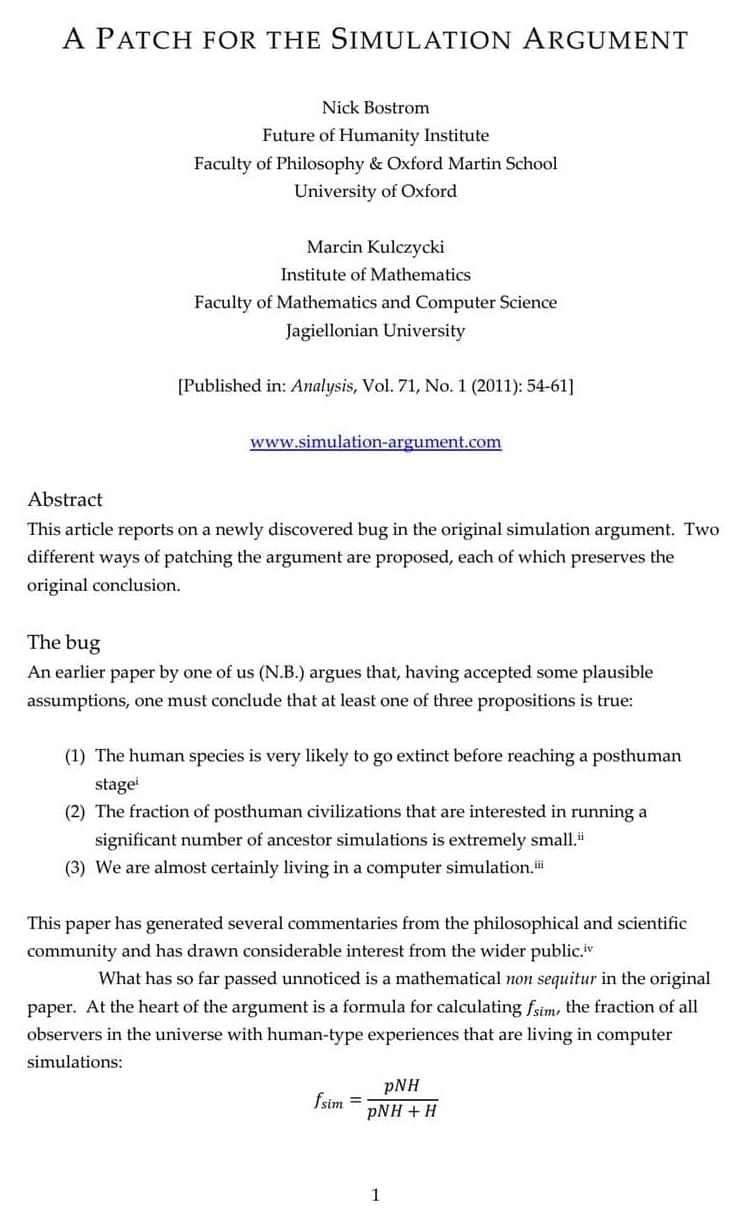
Gauging whether or not we dwell inside someone else’s computer may come down to advanced AI research—or measurements at the frontiers of cosmology.
The only people who absolutely disagree are, well, scientists. They need to get over themselves and join the fun.